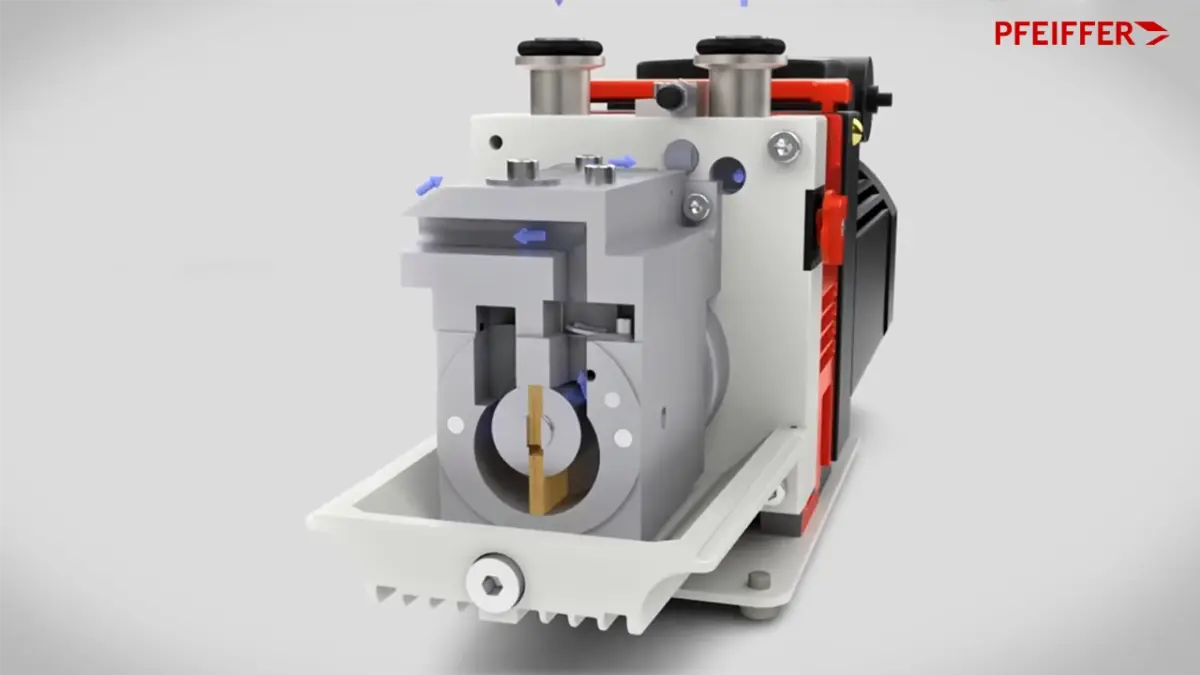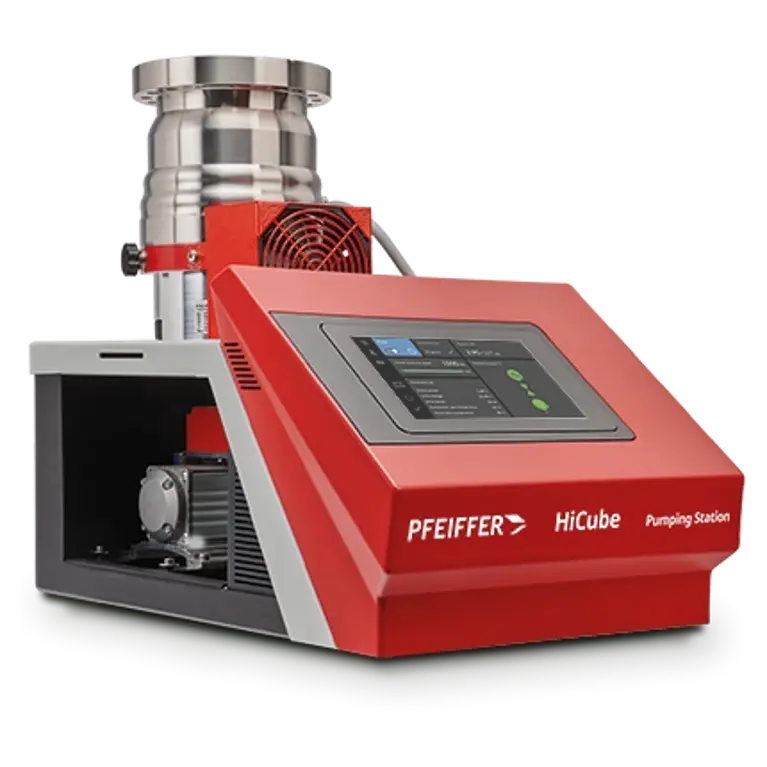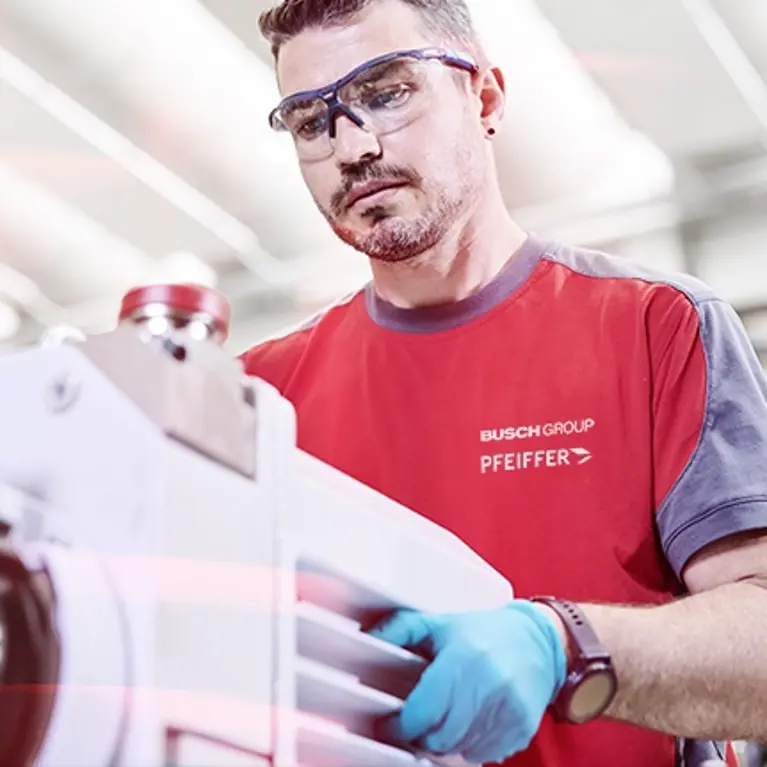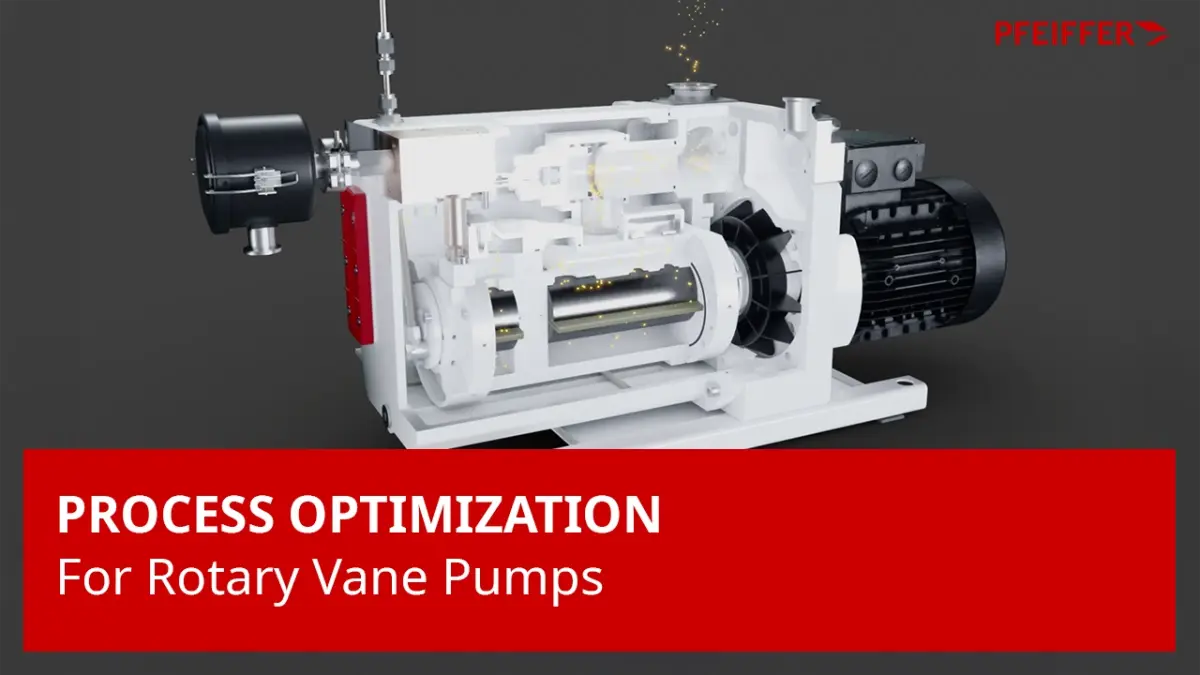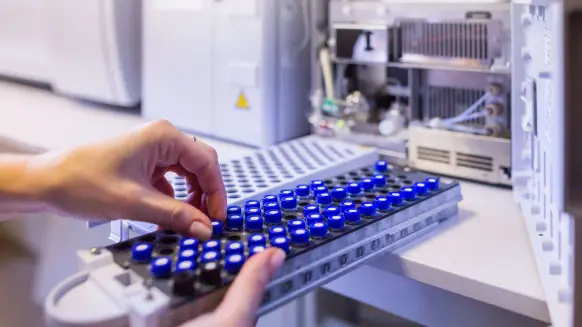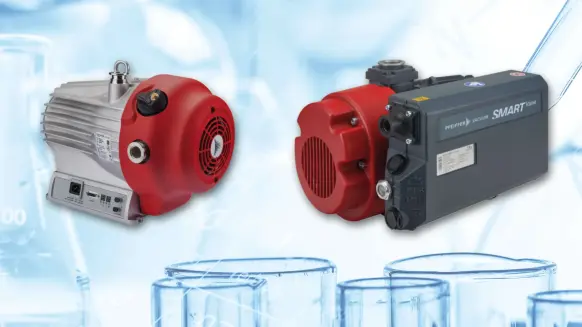Types of rotary vane vacuum pumps
Rotary vane vacuum pumps from Pfeiffer cover a wide pumping speed range from 1.6 to 300 m3/h.They are available in single-stage and two-stage versions. Single-stage rotary vane pumps are ideal for applications with an operating pressure predominantly in the rough vacuum range. In contrast, two-stage rotary vane pumps compress the medium in two steps, enabling them to achieve significantly higher vacuum levels.
